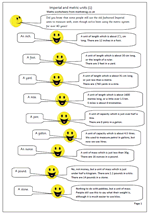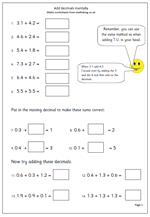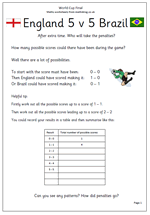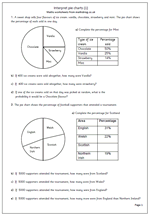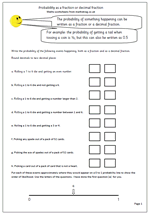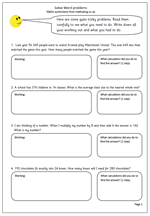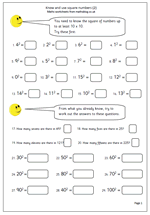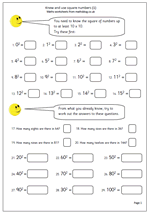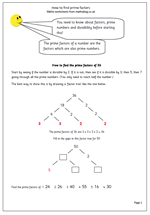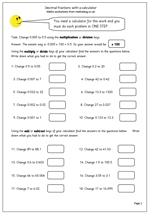It is a sad state of affairs that schools are still having to teach children to convert imperial to metric units, even when we have been metric for over 40 years. Many adults still use feet and inches to measure their height, use miles per gallon in their cars and stones and pounds to measure their weight. Yet a great many do not know how many pounds there are in a stone or how many yards there are in a mile, making the whole thing nonsensical and bewildering to children.
Nevertheless, here it is, a page of conversions with some info about the imperial system.
Convert imperial to metric units (1)
